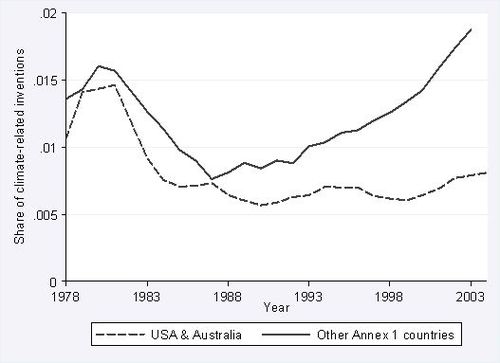Edward L. Glaeser makes the case for simplicity in addressing climate change. I couldn’t agree more with his premise. The basic economics are indeed simple. Climate change might be the largest market failure the world has ever seen. To correct it, put the right incentives in place: correct the fact that we currently treat the atmosphere as a free sewer for our global warming pollution. Problem solved.
The how and especially the politics are not quite as straight-forward. Glaeser bemoans that the proposed American Power Act has 987 pages and identifies three culprits: that the Act tries to do more than just put a price on carbon, that it uses a cap-and-trade system rather than a tax, and that the problem has an important international dimension. He is broadly right on one and three but not on two: the issue of a cap versus a tax.
A firm limit on global warming pollution does not make the law more complicated. It makes it better.
First, a cap sets a firm upper limit on pollution. Glaeser acknowledges as much by saying that “fixing the number of permits may actually be the right thing to do.” It is.
Second, it’s politics, stupid. There is a good reason why the U.S. tax code has 17,000 pages. Proposing a tax on paper is simple. Getting it through the political process is a different matter altogether. Most significantly, every tax credit, every exemption means an increase in pollution. That’s not the case with a cap. While politics does what politics does best—worry about the allocation of allowances—the upper pollution limit stands.
Third, and contrary to what is sometimes argued by tax advocates, a cap creates a more stable policy environment. Certainty is the sine qua non for energy policy. While it is true that a cap and trade program can introduce short-term variability into the carbon price, that is unlikely to matter for investments in energy infrastructure. What matters is certainty over the long run. Capital-intensive investment decisions take years if not decades to pay for themselves (think about a new electric power station).
A well designed cap—especially one with a price floor, which this Act would include—creates this kind of certainty, by guaranteeing that emissions must go down and, therefore, that emissions reductions will have value. A tax is easily revoked, altered, or put “on holiday.” A cap has durability. And even if it does have to be amended, market foresight will allow smooth transitions, much more so than a tax would.
Fourth is the international dimension, Glaeser’s last point. A cap makes international coordination easier. It also creates incentives for developing countries to cap their own emissions, in order to gain from selling allowances into a U.S. market and create win-win-win situations for themselves, U.S. companies and consumers, and the atmosphere.
All four of these reasons also appear in America’s Climate Choices, a terrific new study just released by the National Academy of Sciences. It provides the scientific closing argument for the debate unfolding in the Senate. The science is compelling, the urgency to act is clear, and the main solution is equally apparent: put a price on global warming pollution, ideally through a firm, declining cap on emissions.










 This week, Joe Stiglitz and Nick Stern published an opinion piece in the Financial Times titled “
This week, Joe Stiglitz and Nick Stern published an opinion piece in the Financial Times titled “